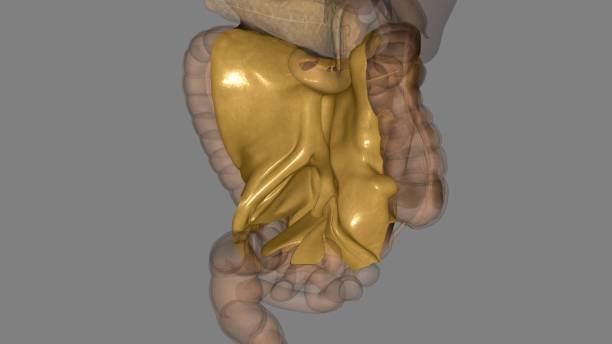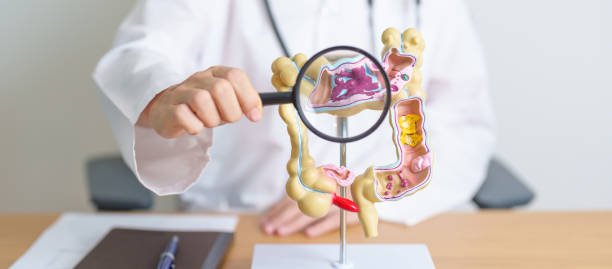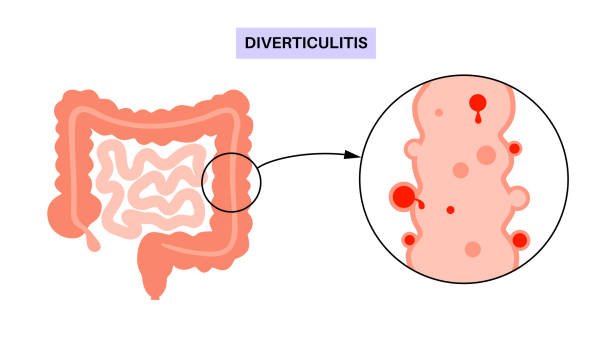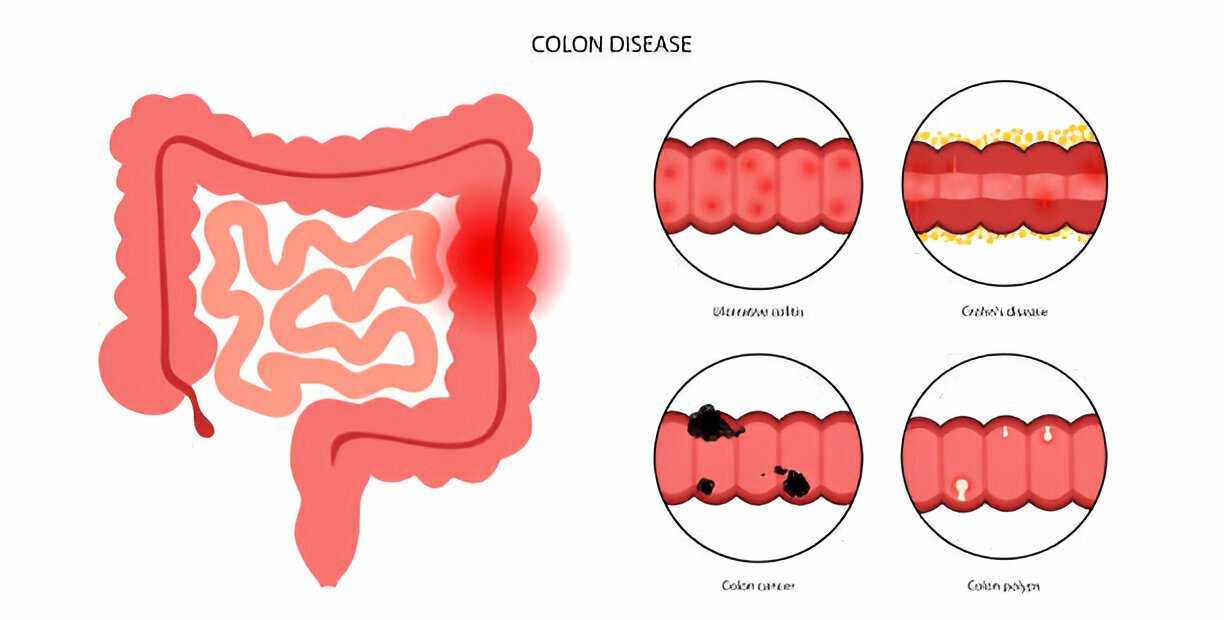Table of Contents
Where Is Colon Pain Located?
Introduction
A grumbling stomach, a sharp twinge – abdominal pain can be a common occurrence. But when the discomfort seems to originate deeper within your abdomen, it could be a sign of colon trouble. The colon, also known as the large intestine, plays a vital role in digestion by absorbing water and electrolytes from food waste before elimination. Pain in this region can vary depending on the specific location. This article explores where colon pain is typically located and sheds light on the potential underlying causes.
Understanding The Colon’s Location
The colon is a long, muscular tube that snakes through your lower abdomen. It’s positioned in a horseshoe shape, starting on the right side, ascending towards the upper abdomen, then curving down across the left side before connecting to the rectum. Understanding this winding path is key to interpreting the location of your colon pain.
Mapping Colon Pain: Location And Potential Causes
The specific location of your colon pain can sometimes offer clues about the underlying cause:
-
Right Lower Abdominal Pain
Pain in this region could be indicative of:
-
Appendicitis
This is a medical emergency where the appendix, a small organ attached to the colon, becomes inflamed. The pain typically starts around the navel and then migrates to the lower right abdomen.
-
-
-
Diverticulitis
This condition involves inflammation of pouches that develop in the lining of the colon, often on the lower right side.
-

-
Upper Abdominal Pain
Pain in this area, closer to the belly button, could be caused by:
-
Transverse Colitis
Inflammation affecting the transverse colon, the horizontal section across the upper abdomen.
-

-
-
Right-Sided Colon Cancer
In advanced stages, colon cancer can cause pain in the upper right abdomen.
-

-
Left Lower Abdominal Pain
Pain on the left side could be due to:
-
Diverticulitis
As mentioned earlier, diverticulitis can also affect the left side of the colon, causing pain in the lower left quadrant.
-

-
-
Sigmoid Colon Cancer
Cancer in the sigmoid colon, the lower S-shaped section, can manifest as pain in the lower left abdomen.
-
-
-
Pelvic Inflammatory Disease (PID) In Women
This infection of the female reproductive organs can sometimes cause pain that feels like it’s originating in the lower left abdomen.
-
Important Note: While the location of pain can provide hints, it’s not always a definitive indicator of the cause. Other factors like accompanying symptoms and medical history are crucial for accurate diagnosis.
Beyond Location: Additional Factors To Consider
The nature and characteristics of your colon pain can also offer valuable clues:
-
Sharp And Sudden Pain
This could indicate a more serious condition like a ruptured appendix or ischemic colitis (reduced blood flow to the colon).
-
Cramping Pain
This type of pain is often associated with irritable bowel syndrome (IBS), a chronic condition affecting the colon.
-
Aching Pain
A dull ache could be caused by various factors, including constipation, diverticulitis, or inflammatory bowel disease (IBD).
FAQs
-
Can Stress Cause Colon Pain?
While stress doesn’t directly cause colon problems, it can worsen existing symptoms like cramping or bloating in conditions like IBS.
-
What Foods Can Trigger Colon Pain?
Spicy, greasy, or high-fiber foods can irritate the colon and contribute to pain, especially in individuals with IBS or diverticulitis.
-
Does Colon Pain Always Mean Cancer?
No, colon pain has many potential causes, and cancer is not the most common one. However, if you experience persistent pain, especially with blood in your stool or unexplained weight loss, consulting a doctor is crucial.
-
Are There Any Home Remedies For Colon Pain?
For mild pain, staying hydrated, applying a heating pad, and following a bland diet can offer temporary relief. However, consult your doctor for persistent pain to identify the underlying cause and receive proper treatment.
-
What Tests Can Diagnose The Cause Of Colon Pain?
Depending on the suspected cause, your doctor might recommend blood tests, stool tests, colonoscopy (visual examination of the colon), or imaging tests like X-rays, CT scans, or ultrasounds.
Conclusion
Colon pain can be a source of discomfort and worry. While the location of the pain can sometimes offer clues about the underlying cause, it’s important to consider other factors and seek medical attention for persistent or severe pain. Early diagnosis and treatment can significantly improve the outcome of many conditions and ensure a faster recovery. Don’t hesitate to prioritize your health and communicate your concerns to your doctor. Working together, you can identify the source of your colon pain and find the best course of treatment to get you feeling your best again.
References
- Mayo Foundation for Medical Education and Research. (2022, August 5). Appendicitis.
- National Institute of Diabetes and Digestive and Kidney Diseases. (2022, July 28). Diverticulitis.
- American Cancer Society. (2023, January 12). Signs and Symptoms of Colon Cancer.
Discover more from Pain Relief Methods
Subscribe to get the latest posts sent to your email.

